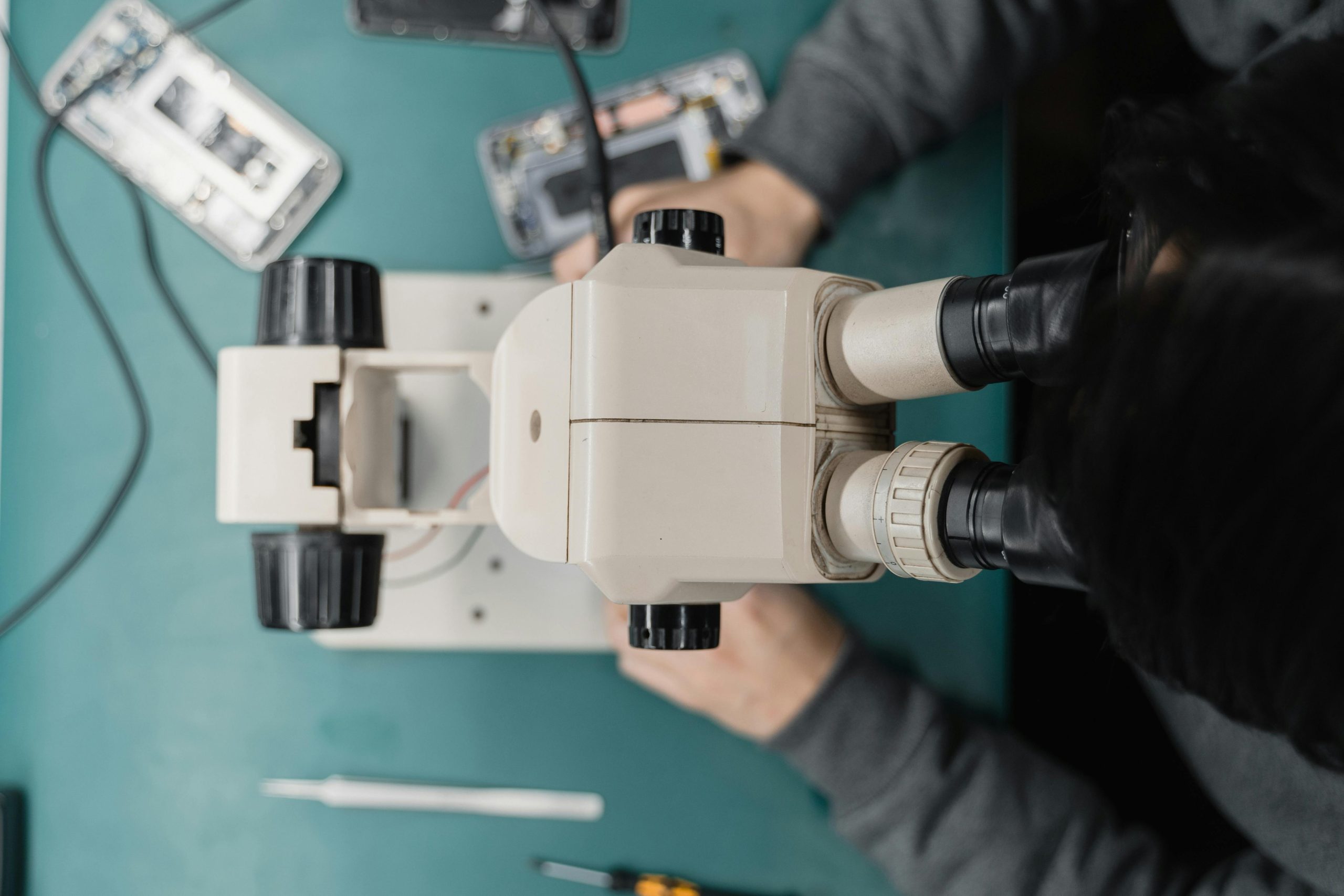Troubleshooting Blurry Text in Windows After Replacing Your Motherboard
Modern technology has afforded us the convenience of upgrading our hardware without necessarily having to purchase a brand-new device. One such common upgrade is replacing the motherboard in a desktop computer. However, this can sometimes lead to unexpected issues, such as blurry text or display problems. In this post, we’ll dive deep into diagnosing and resolving these problems, especially focusing on blurry text in Windows after a motherboard replacement.
Understanding Your System’s Architecture
The Role of the Motherboard
The motherboard is the main circuit board in a computer. It houses the processor, allows communication between various components, and provides connectors for other peripherals. When you replace a motherboard, you’re essentially giving your computer a new heart. This change can affect the way your system interacts with its components, including your graphics card.
Why Blurry Text Happens
Blurry text or display issues can arise from several factors after a motherboard replacement:
-
Driver Conflicts: After replacing a motherboard, especially if it comes from a different manufacturer or model, there could be conflicts with existing drivers, including display drivers.
-
Incompatible Settings in Windows: Sometimes, the default settings get altered or revert to default, which might not be optimal for all applications.
-
DPI Scaling Issues: Windows’ Display Scaling feature can sometimes cause applications to appear blurry when not configured correctly.
-
Monitor and GPU Communication: The motherboard acts as a mediator between your monitor and graphics card. Any mismatch or miscommunication could result in unclear displays.
Steps to Address Blurry Text Issues
Step 1: Update Your Display Drivers
Even though you mentioned updating your graphics card drivers, ensure that you’re downloading the correct drivers for your motherboard’s chipset as well. Drivers can be obtained from your chipset manufacturer’s website (such as Intel, AMD, or NVIDIA). Ensure you reboot your system after the update.
-
Visit Your Chipset Manufacturer’s Website: Download and install the latest drivers.
-
Use Windows Device Manager: Navigate to ‘Device Manager’, locate your display adapters, right-click, and select ‘Update Driver’.
-
Clean Installation of Drivers: Sometimes it’s better to uninstall existing drivers completely and then perform a fresh installation. Use tools like Display Driver Uninstaller (DDU) for a comprehensive cleanup.
Step 2: Adjust Windows Display Settings
The default display settings might not fit every application, especially after hardware changes.
- Right-click on the Desktop: Select ‘Display settings’.
- Check Scaling and Layout: Adjust the scaling to 100% for starters and increase it gradually if needed.
- Advanced Scaling Settings: If problems persist, input custom scaling settings in ‘Advanced scaling settings’ that fit your display.
Step 3: DPI Scaling Fixes
High DPI displays can sometimes cause text to appear blurry. You can fix this by overriding high DPI scaling behavior for each problem app.
- Right-click on the Application Shortcut: Choose ‘Properties’.
- Go to ‘Compatibility’: Click on ‘Change high DPI settings’.
- Check ‘Override high DPI scaling behavior’: Choose ‘System’ or if necessary, experiment with other options.
Step 4: Update BIOS and Firmware
Often, the motherboard’s firmware or BIOS might require an update to function optimally with its peripherals.
-
Visit Your Motherboard Manufacturer’s Website: Download and install the latest BIOS or firmware updates.
-
Follow Instructions Carefully: Updating BIOS can be risky if not done properly. Make sure to follow the provided guidelines precisely.
Step 5: Recalibrating Your Display
Sometimes, recalibrating your display settings can resolve issues with clarity.
-
Type “Calibrate display color” in Windows Search: Follow the onscreen instructions.
-
Adjust Brightness and Contrast Settings Manually: Refer to your monitor’s user manual.
-
Check Your Monitor’s Native Resolution: Ensure your system is set to this resolution via ‘Display settings’.
Step 6: Consult the Manufacturer
If all else fails, consult with your motherboard or graphics card manufacturer. There might be specific settings or updates that need to be applied for full compatibility.
Real-Life Examples and Insights
Real-World Scenario: Custom Built PC
Consider a scenario where an enthusiast assembles a personal computer with a precise selection of components. Upgrading parts like the motherboard requires thorough research. Compatibility plays a major role, not only in terms of physical fit but also involving driver support and feature sets.
In one particularly common case, after an upgrade, an individual’s screen started showing text as blurry. In-depth troubleshooting revealed that the issue was caused due to an incorrect display driver being installed due to a naming similarity found in Windows Update. A manual download and install of the correct driver solved the issue.
Insight from IT Professionals
Professionals in IT services report that changing critical components always pose risks of system instability. Adequate preparation can alleviate many problems that might arise post-upgrade. They suggest that creating a system restore point or backing up vital data is always a protective measure.
Conclusion
A blurry text or different display post-upgrade shouldn’t always lead to panic. Methodical analysis and steps, from driver updating to recalibrating the display, can resolve the issue in most cases. Regular BIOS updates, setting correct DPI, and being cognizant of scaling options within Windows are crucial steps in ensuring a clear display.
Replacing a motherboard is like giving your PC an organ transplant, and as such, requires a considered approach to make sure every component communicates efficiently. If issues persist, leveraging professional support either from manufacturers or expert forums can ensure lasting solutions.
Remember, every system is unique, and solutions may require customization based on your specific setup. Keep experimenting with different approaches and cross-referencing multiple sources, as technology is ever-evolving, and what worked yesterday might have an improved method today.
Share this content:



Hi there,
Blurry text issues after replacing your motherboard can indeed be frustrating. Based on your situation, I recommend the following steps to help resolve the problem: